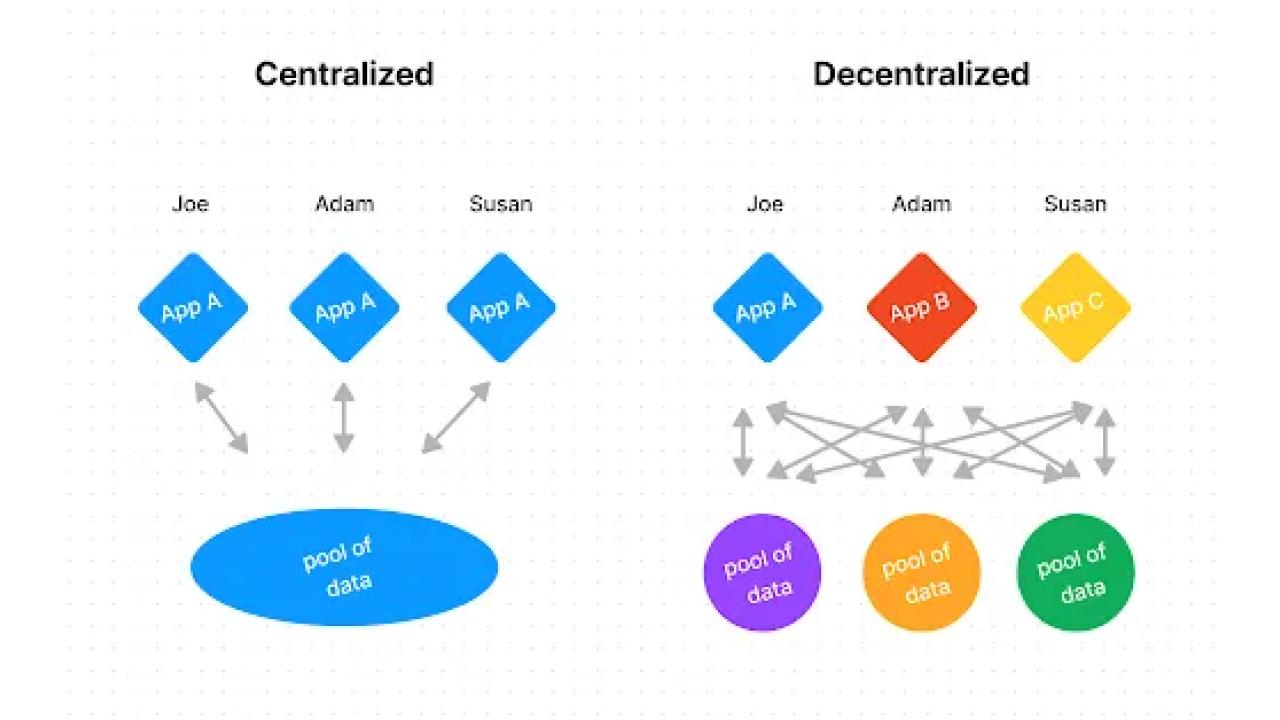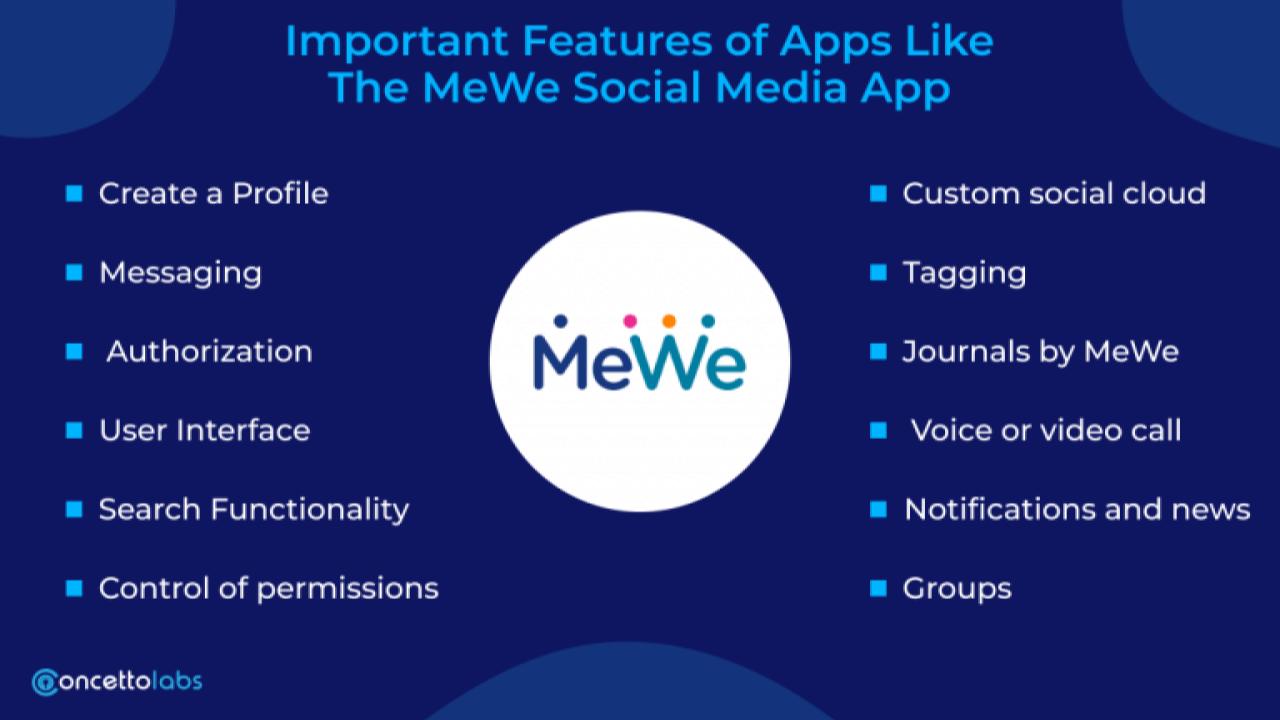Mastodon is a platform comparable to Twitter, but open source, and made of plenty of servers, that talk to each other to form a single social network.
So, how do you join? Well the first step is to pick a server. You have a handy short list on joinmastodon.com/servers.
Let’s look at the interface. The first thing is your profile. To edit and complete it, just tap your user photo, and click the edit button.
You can also add links to your various other socials, and you’ll notice that’s where you can be verified. This implies having your own website: you copy a link to your mastodon profile into the code of your website, and you add the link to your website in your mastodon profile, and it will show up in green with a checkmark.
By default, your timeline, in the “home” tab on the mobile app will show posts from everyone you follow. The “search tab” lets you look for people to follow.
Then you have your post button, the black button at the bottom.
Finally, you get your notifications tab.
In mastodon, you have 3 timelines: your home, where you’ll only see posts from people or hashtags that you follow, you have the local timeline, which is your community, all the people on YOUR specific server, and you have the federated timeline, which is a giant dump of everything that everyone has posted everywhere. I never use the latter, personally, but you might have a use for it.
When looking at what someone has posted, you have a few options. You can reply, you can boost, which is exactly like a retweet on Twitter: you’re posting to your followers the message you’re boosting, as is, without any commentary. Then you can “favorite” a post, which is that little star button.
Now, if you want to write a post, then you just hit the “post button” on the mobile app, or you start writing on the left column on the desktop.
Posts have a character limit, that your server sets. By default, it’s 500, but it can be more or less.
You can add hashtags like on Twitter, by just typing the hashtag symbol, and you can mention people by typing the @ symbol.
Of course, you can embed images, you can also add polls with up to 4 options, and you can add content warnings. These are basically a filter that will hide the content of your post behind blur and some text. People will only see the text you wrote in the content warning, and if they want to see the actual post, they can click on it.
Finally, you can also pick who will see your post, either only the people you mention, which is the only way to make a direct message on mastodon, all your followers, or everyone.
You can edit your posts.
When writing posts, if you add an image, use the description, and fill it in.
Second, use content warnings liberally.
Third, use the “sensitive content” filter for images liberally as well.
If you had a Twitter account, use Movetodon: you login with your twitter account, then your mastodon account, and it will look at your Twitter follows, find the ones that are on mastodon, and offer you to follow them individually, or follow them all in one click.
You can also use the local timeline, using the “local” tab on the web, or in the Search, then Community tab on the mobile app.
Next is using hashtags: you can follow hashtags on mastodon. Click on the hashtag, and then on the follow button.







